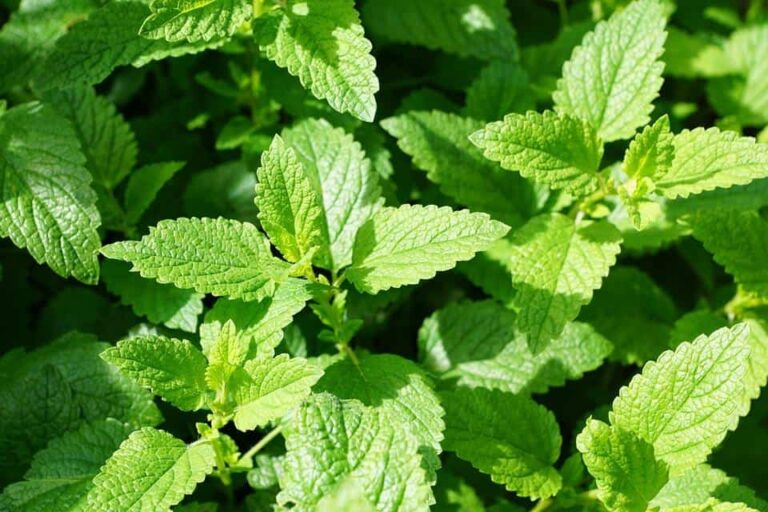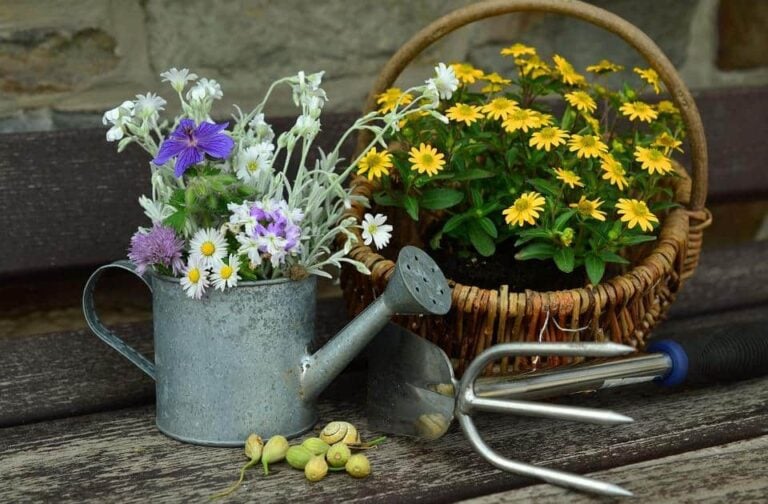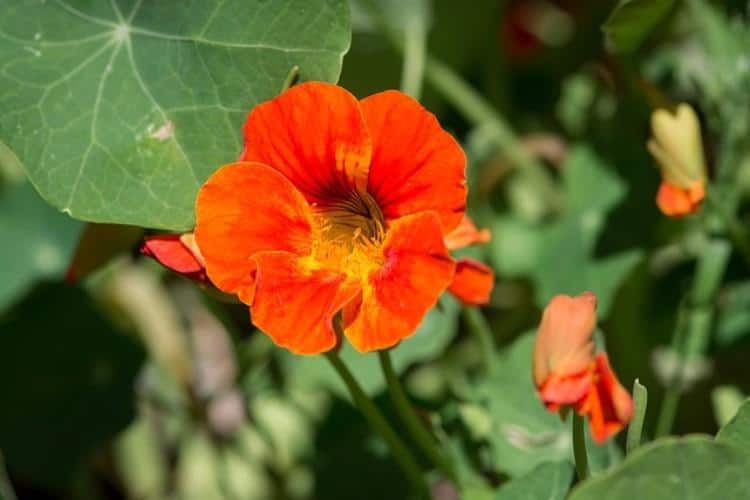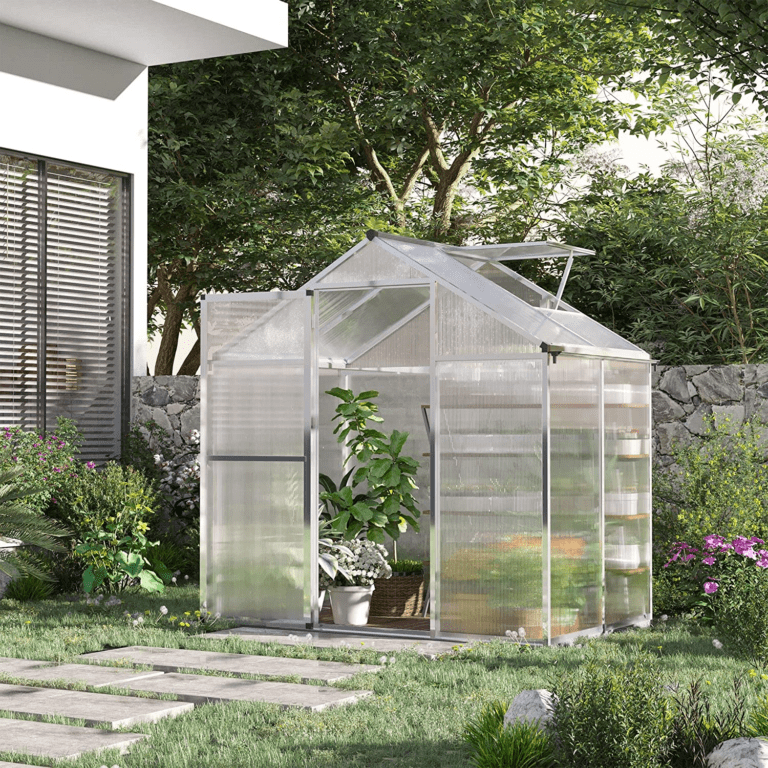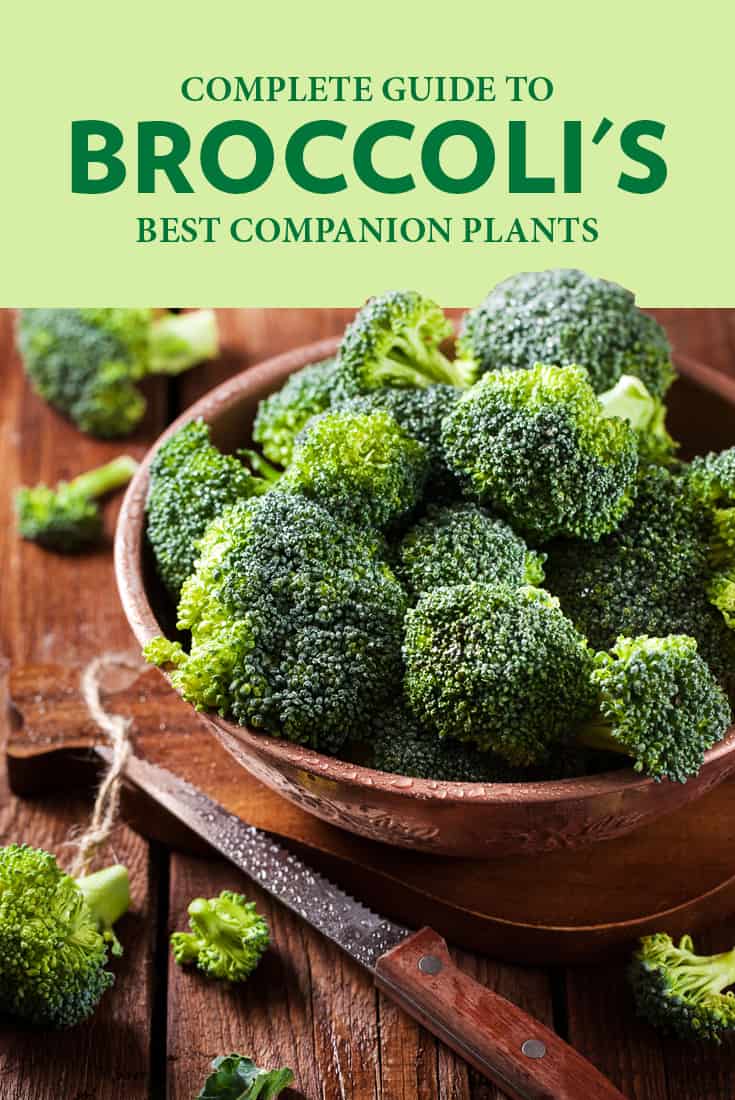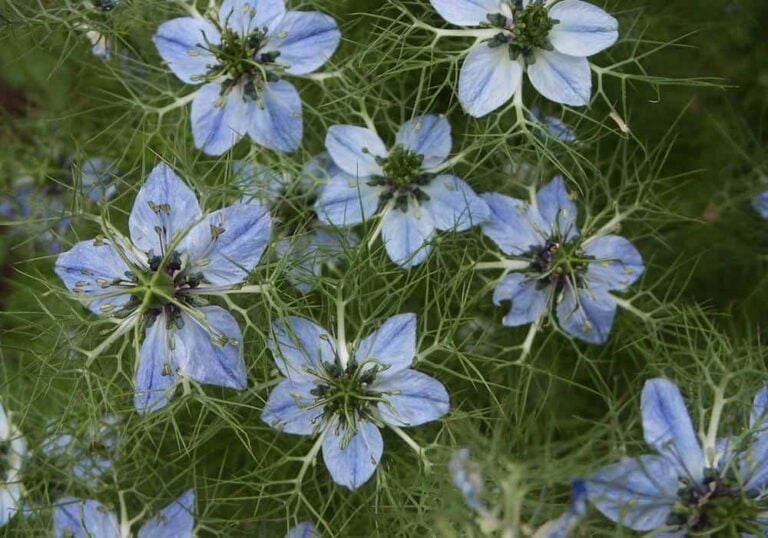Learning to Spot the Different Types of Broccoli
As with many vegetables, broccoli comes in many varieties that offer a unique gardening, cooking, and tasting experience. Many of these varieties aren’t necessarily broccoli, but within the same family and assumed to be broccoli.
Broccoli rabe and Chinese broccoli are leafy vegetables that produce small heads with leafy greens used in cooking. Sprouting, Calabrese, and large-headed broccoli varieties produce bigger heads that can look very different in shape, color, and size.
The variety or varieties you choose to grow may depend on the region you live and what types of dishes you want to create with your fresh broccoli.
Broccoli Rabe
Broccoli rabe, also known as rapini, is one of the most popular types of broccoli to plant, even though it is more closely related to mustard and turnip. Broccoli Rabe produces crisp florets and leafy greens, and its greens are what people tend to use when cooking.

This type of broccoli produced its greens in early spring and late fall, so it’s productive when many other vegetables aren’t, giving you something to grow during the off-season.
Broccoli rabe is grown in much the same way as regular broccoli varieties. It can tolerate cooler temperatures and can grow from spring to winter. Gardeners should sow their broccoli rabe seeds about 6 weeks after the first fall frost to be ready for planting in early spring.
You’ll know your broccoli rabe is ready for harvest when the plants are about one to two feet tall and small flower buds begin to form. Cut about 5 inches below the main bud, which will look like a small head of broccoli, taking some of the leaves with it. You may see more buds appear later, which can be harvested through the season.
Sprouting Broccoli
Sprouting broccoli is another type that can grow during the off-season, for planting during late spring or early summer, and harvesting during late summer or early fall. It gives gardeners a variety of broccoli to hold them over before the next crop is ready.
Sprouting broccoli is the kind you’ll see grow white or purple heads, rather than the green variety you normally see in grocery stores. The florets are usually smaller than more well-known varieties, but the taste is similar. People use sprouting broccoli as a side dish by itself or mixed in other dishes.
This form of broccoli is an extremely hardy vegetable and can withstand many weather conditions, which also lends to its popularity with gardeners. Sprouting broccoli can take about 7 months to grow until ready for harvest.
Once the center cluster appears and slows its growth, your sprouting broccoli is ready for harvest. After the first harvest, more clusters will appear. You can harvest these later in the season.
Calabrese Broccoli
Calabrese broccoli is the most common type you’ll see in the United States – both in grocery stores and gardens. This is the broccoli you think of when you hear the word “broccoli”, with bushy florets and a bluish-green hue. Calabrese is of Italian origin, but came to the United States in the early 1900s and has been one of the most commonly-grown vegetables since.
Calabrese broccoli typically grows one large, main head first. Once that head is harvested, you’ll find several smaller heads that grow within days to weeks afterward. These are known as side shoots, and they are harvestable as well, for a continuous harvest throughout the season.
This broccoli variety is ready for harvest when the main head grows to several inches in diameter and its florets are clustered, but beginning to loosen. You’ll want to harvest this head before you begin to see yellow flower buds appear, or harvest immediately once you do notice them. Check at least twice a week once you notice the growth of the main head so you don’t miss the best harvesting window.
Calabrese broccoli can be planted in the fall or spring, depending on whether you’re growing seedlings or seeds and what type of weather you have. Your plants will take between 60 to 90 days to reach full maturity after planting.
Large-Headed Broccoli
If you’re looking for a large yield from your broccoli plants, there are some varieties that produce larger heads than others. However, these large heads of broccoli are usually only consistent with the first, main head you harvest. After that, the heads from side shoots will typically be smaller in size. Still, if you care for your large-headed varieties well, your first head may be just what you’re looking for.
Some of the most common varieties to grow for producing large heads are Superdome, Bonanza, Barbados, and Blue Wind. Gardeners who plant these types of broccoli typically see consistent results in the large size of their main heads of broccoli.
The Bonanza variety, for example, is known for its ability to grow 9-inch wide main heads of broccoli, and side shoots with about 5-inch wide heads for the rest of the season. These plants grow through the main broccoli season but can produce a larger yield throughout the season than other varieties.
Chinese Broccoli
Chinese broccoli, or Gai Lan, is known as a mix between traditional broccoli and kale. This variety is used mostly for its leafy greens and stems in cooking. Its taste is sweeter than the broccoli you’re used to buying in stores.
Chinese broccoli grows in the same season, and in much the same way, as other broccoli varieties. It produces very small florets much different in size than those you can get from other broccoli plants. However, it will also produce side shoots once the main head is harvested.
You can harvest Chinese broccoli about 60 to 70 days after planting. Once you notice the first few flowers bud on the plants, you can begin to harvest the leaves, stems, and head, cutting the stem at least 8 inches from the top of the plant. You should try to harvest the side shoots before they begin to flower.
If you’d like more suggestions for broccoli varieties to grow, this video suggests some hybrid varieties that can grow well in certain climates.

